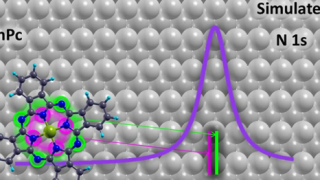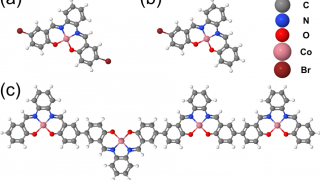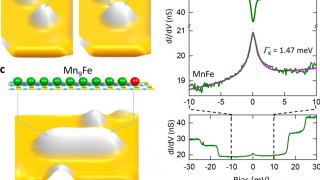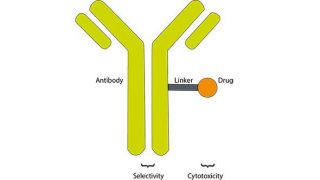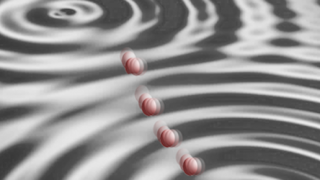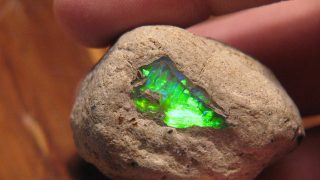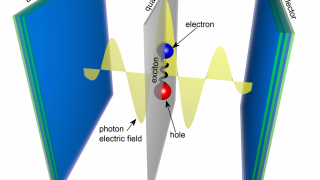
What on earth is a polariton?
When I first started writing about condensed matter science I found some difficulties with a few purely physical concepts, being myself a chemist by education. One of those was ‘polariton’. After some years of reading solid state physics papers and writing about them on a weekly basis, now is a familiar term, but I still […]

